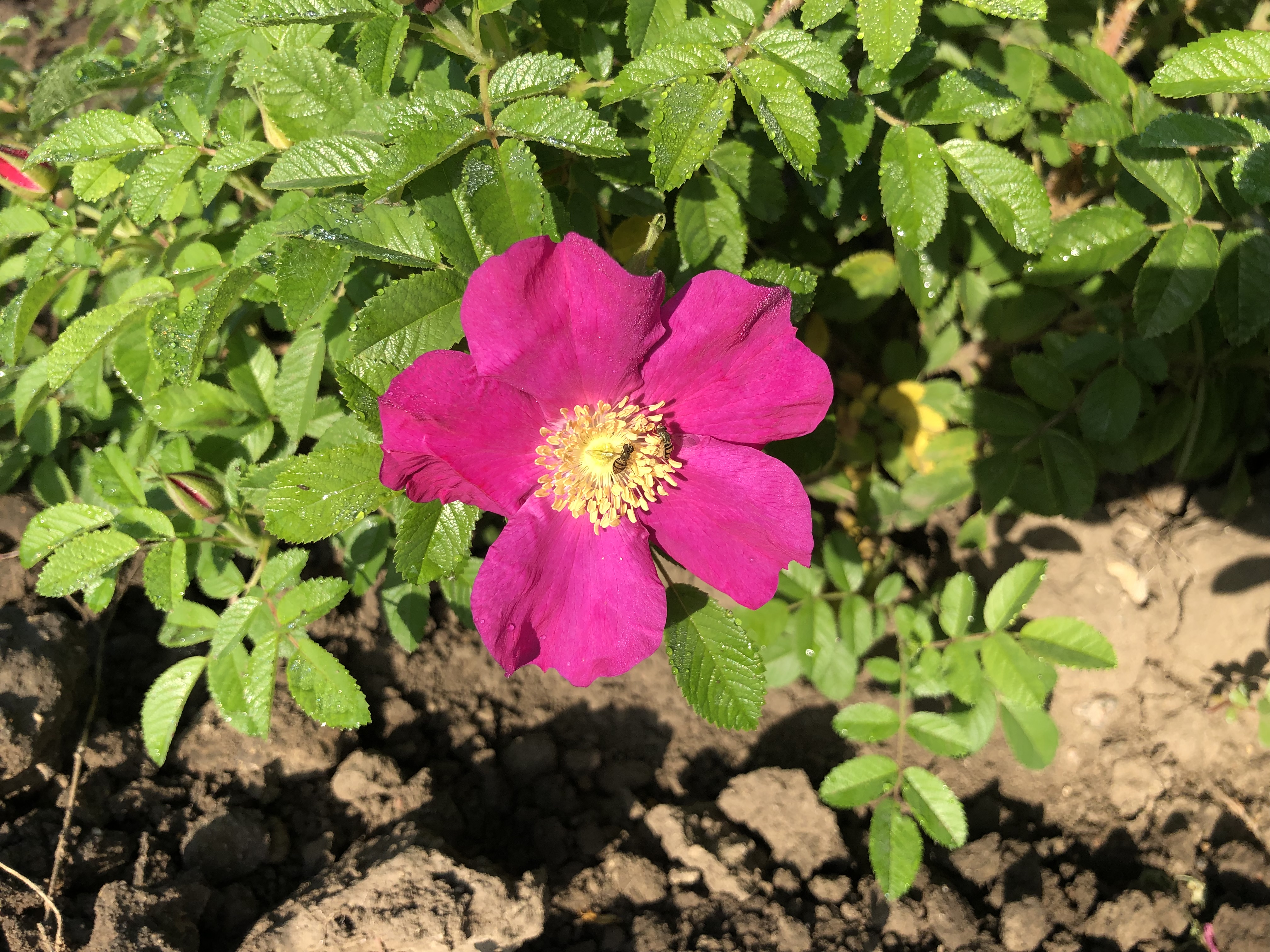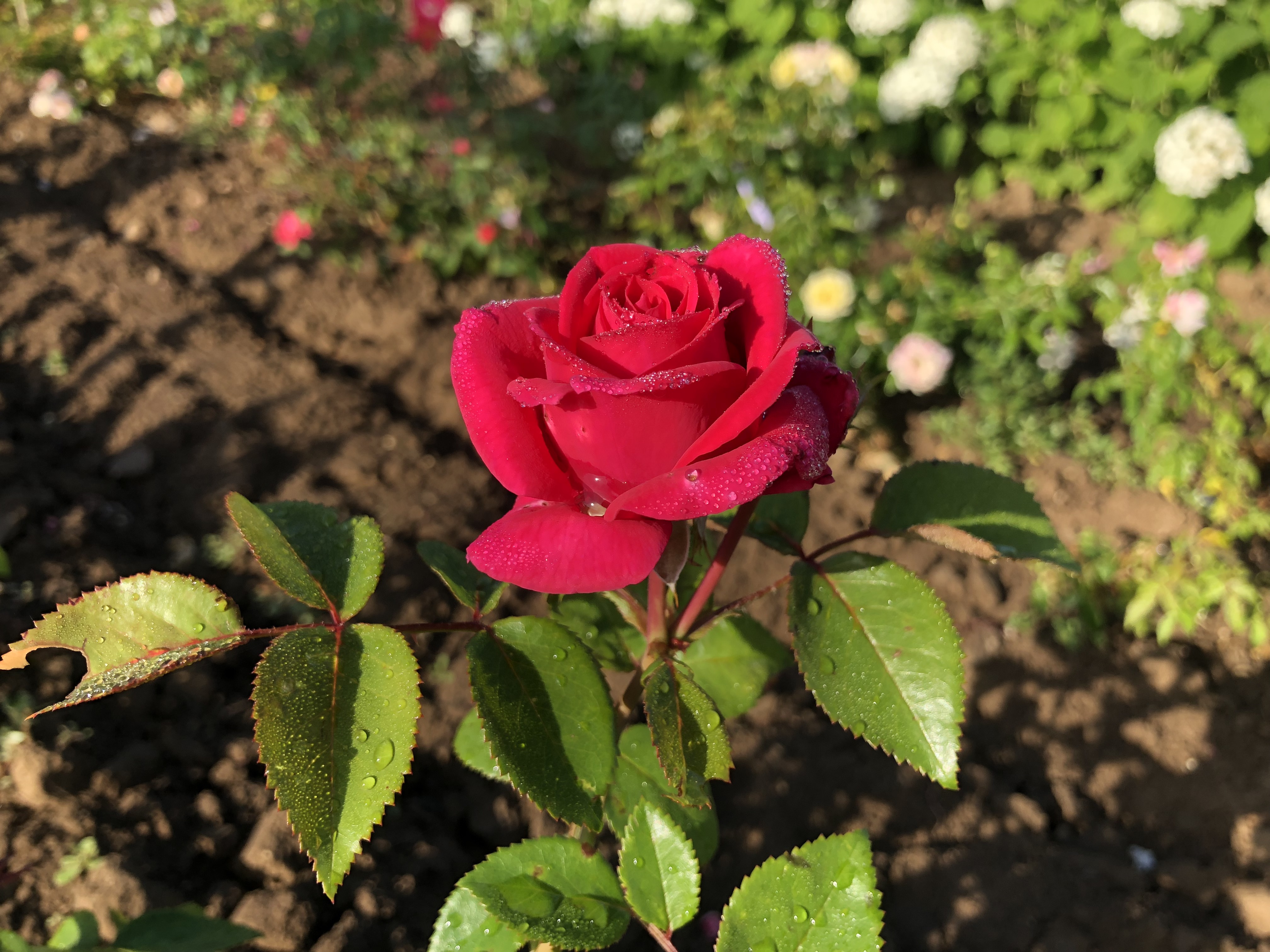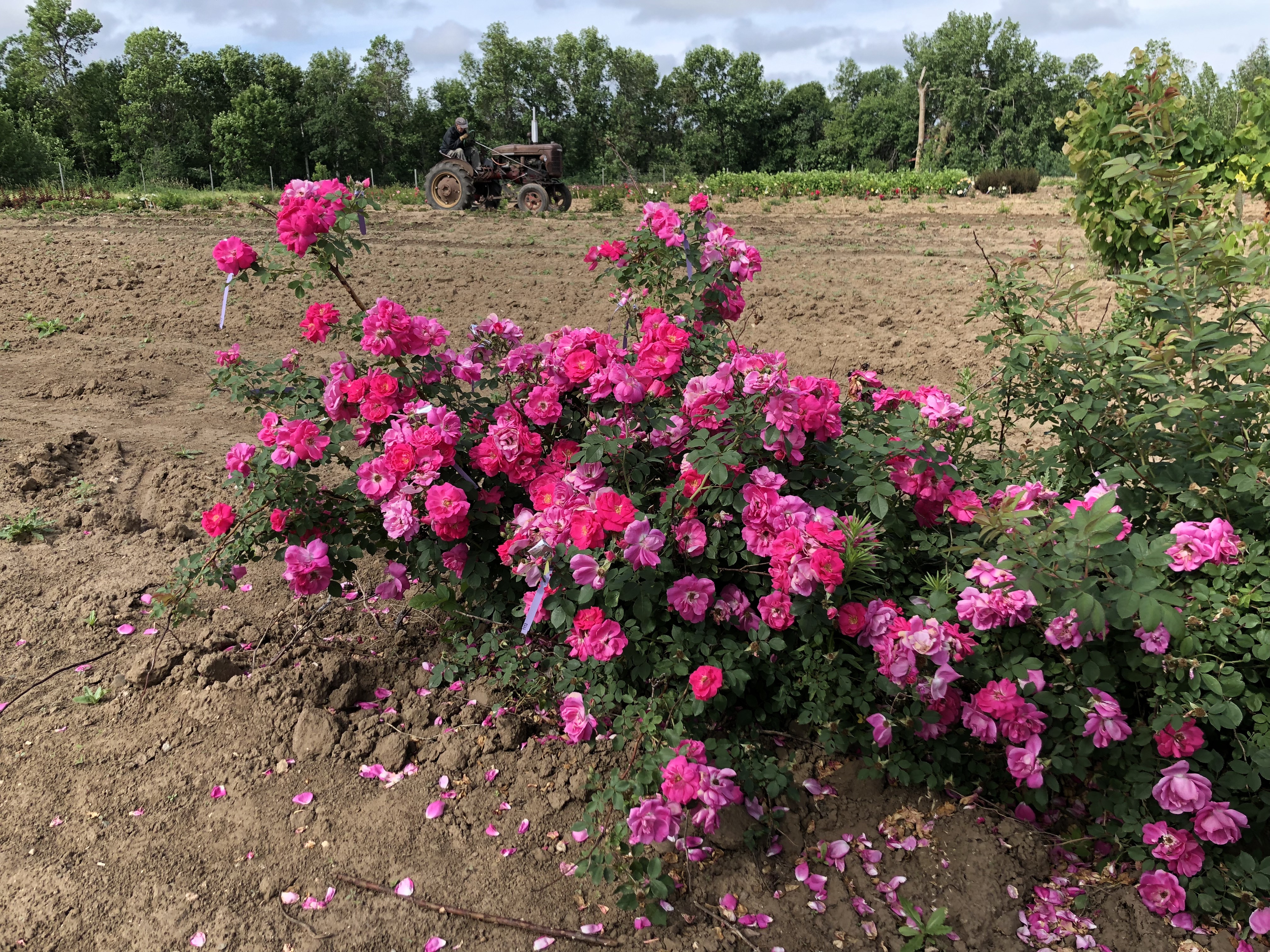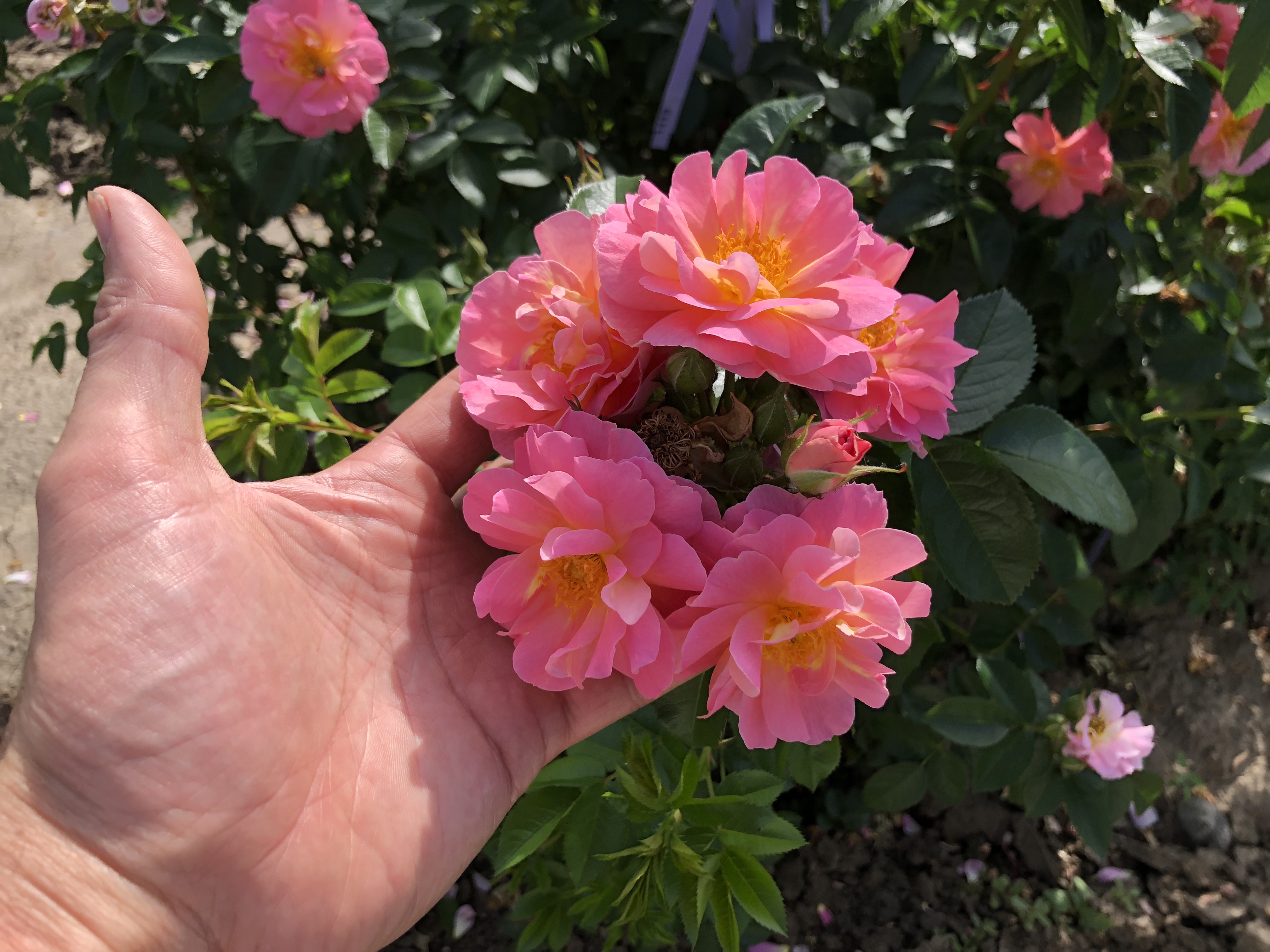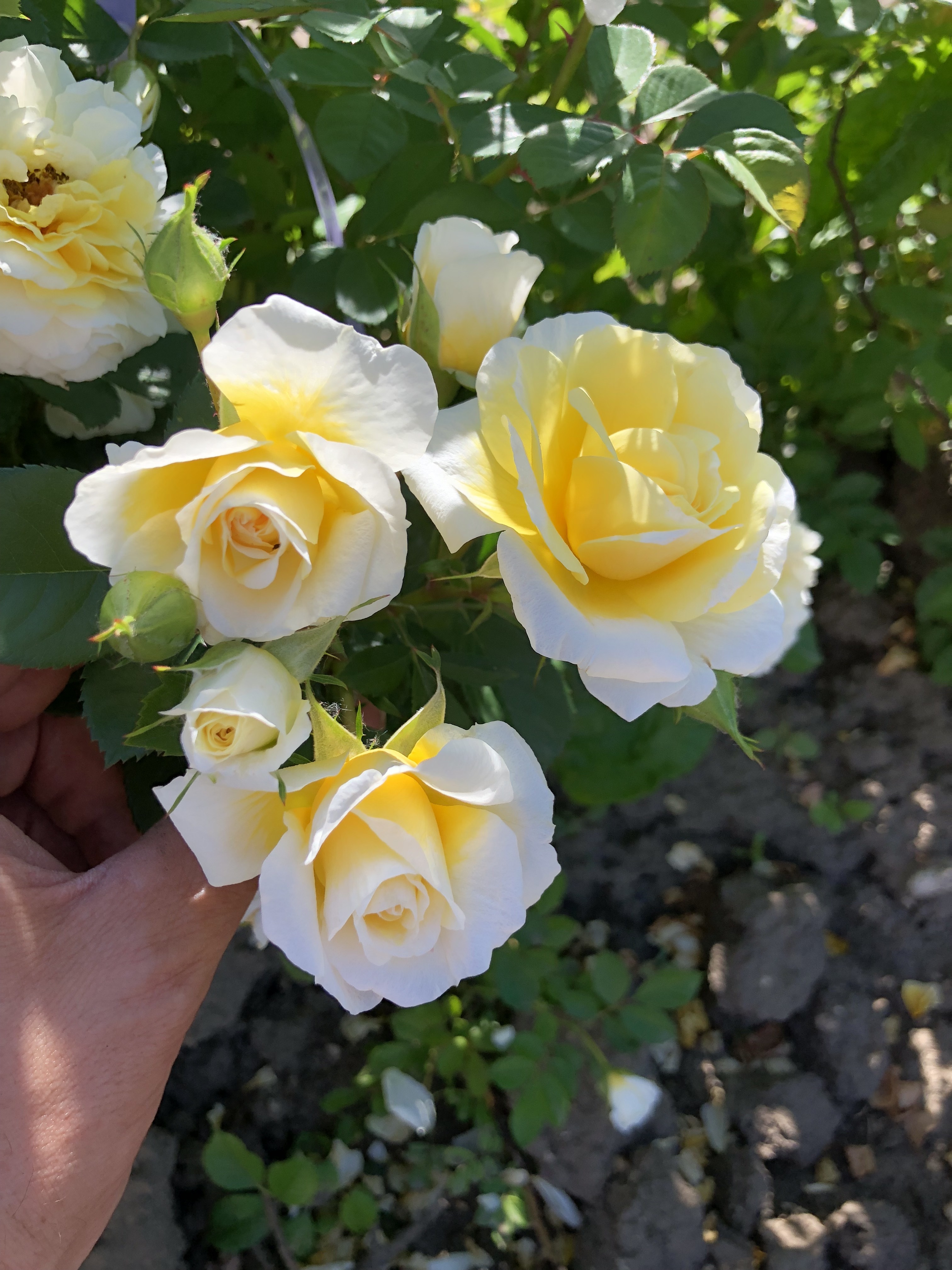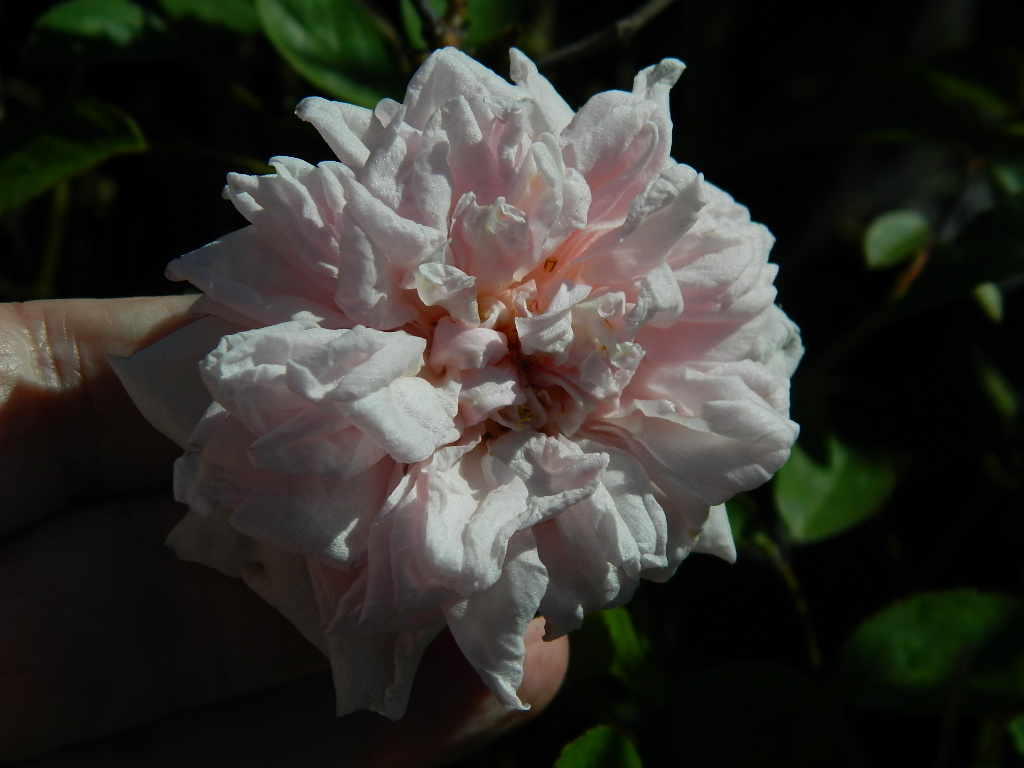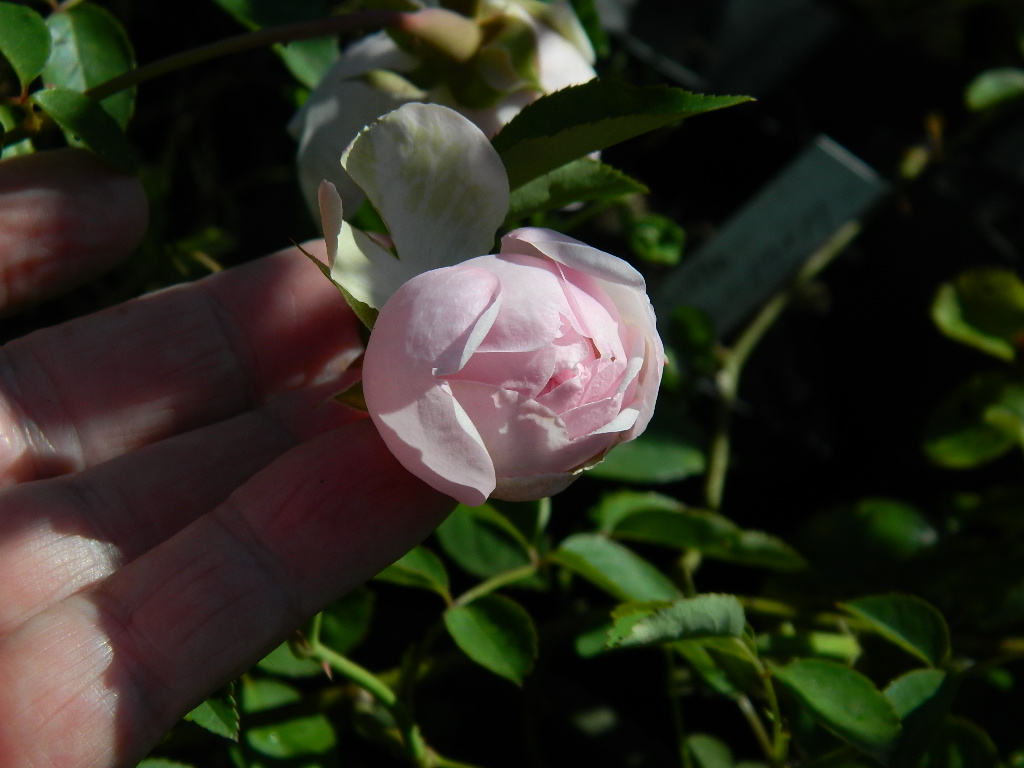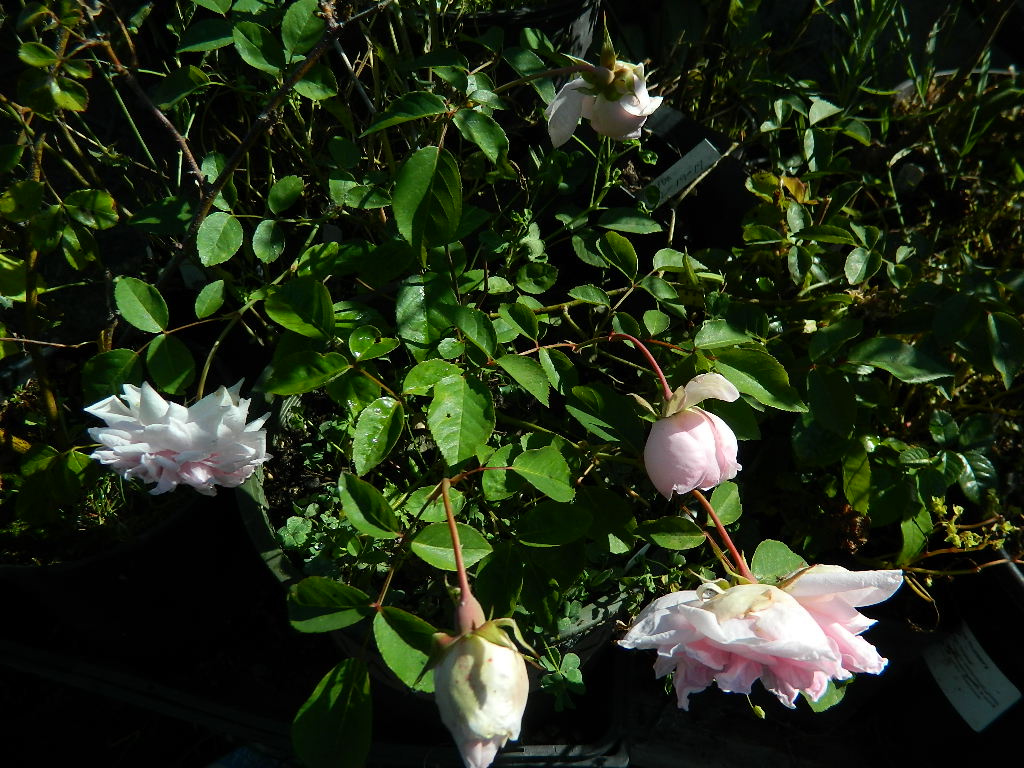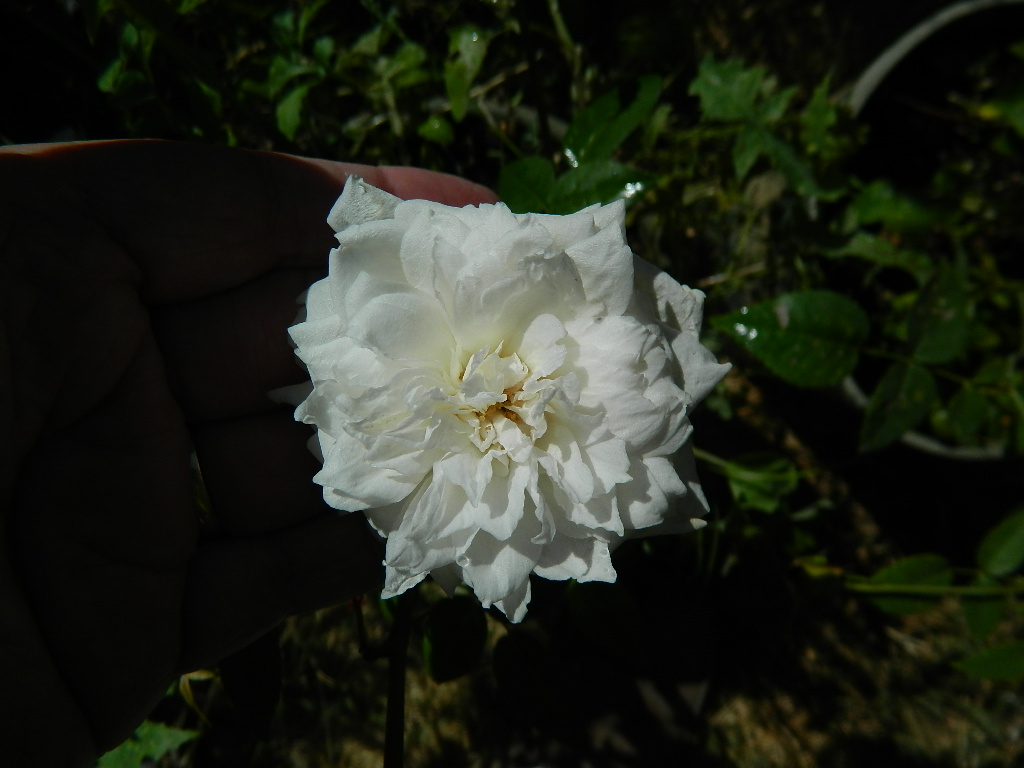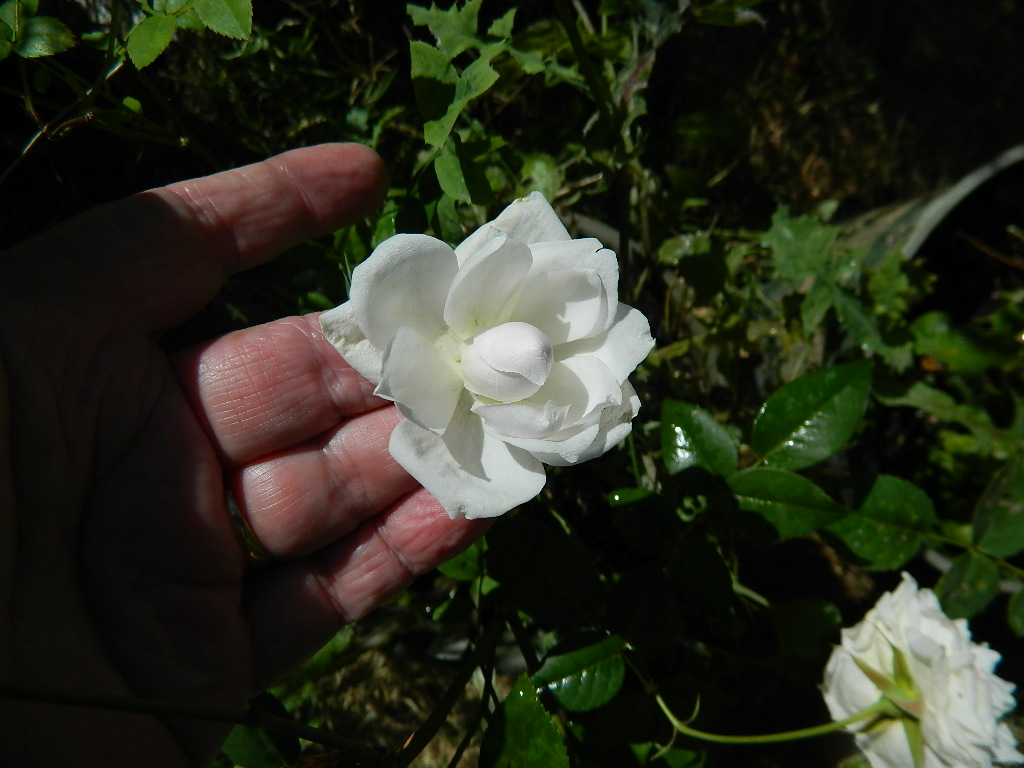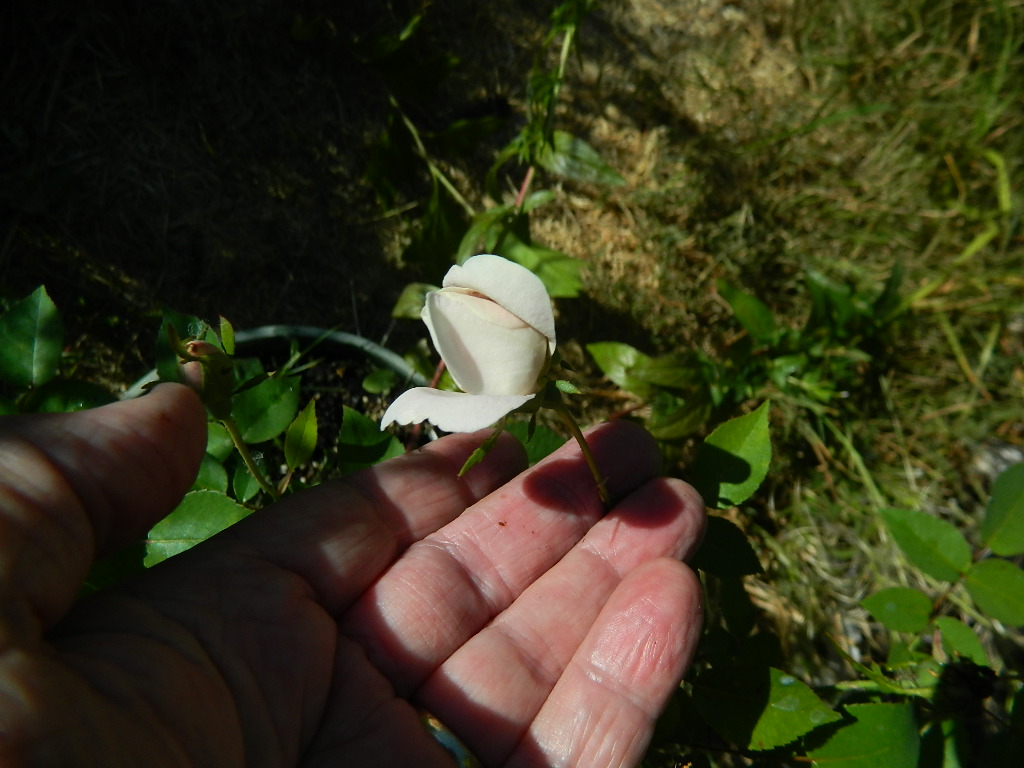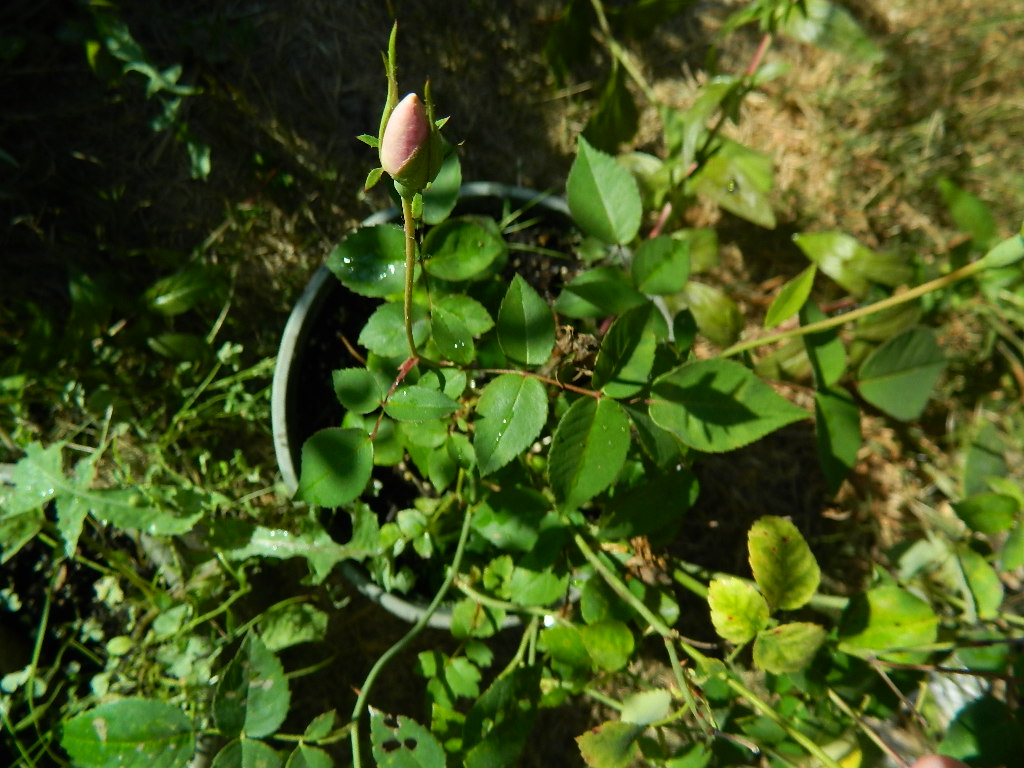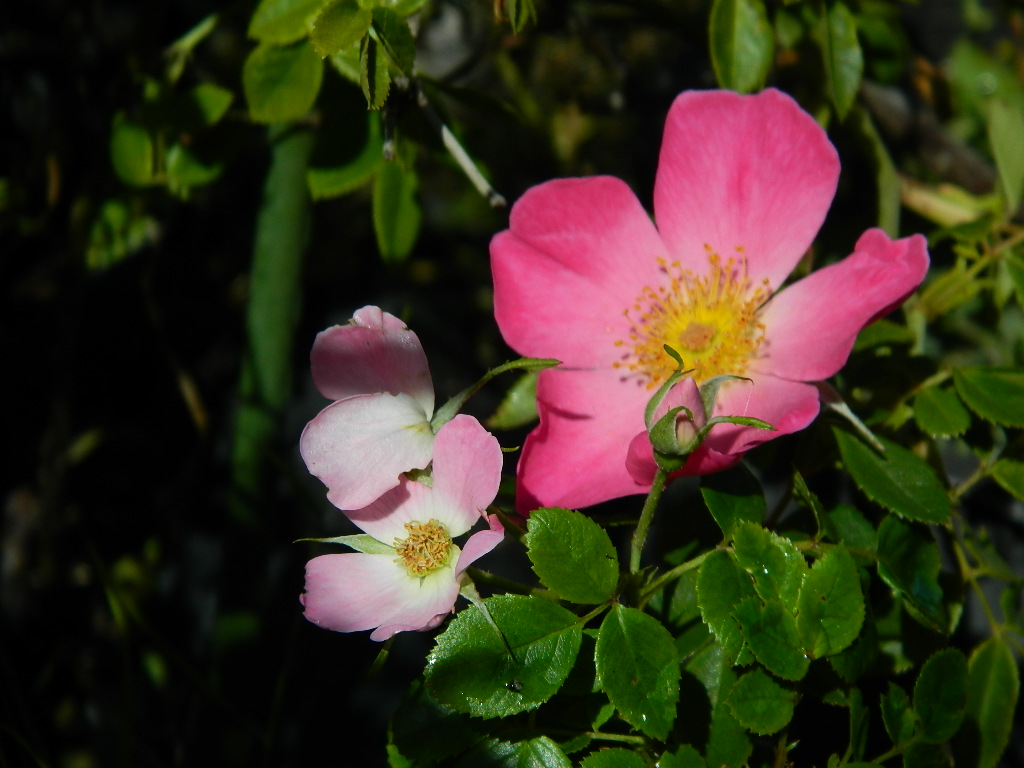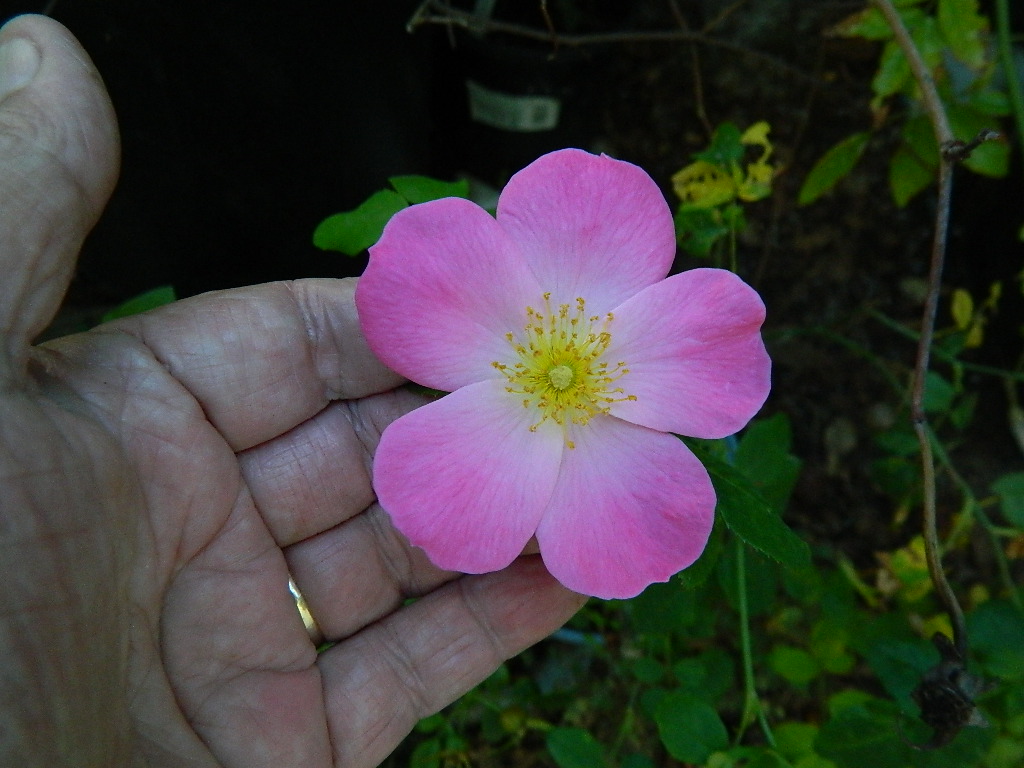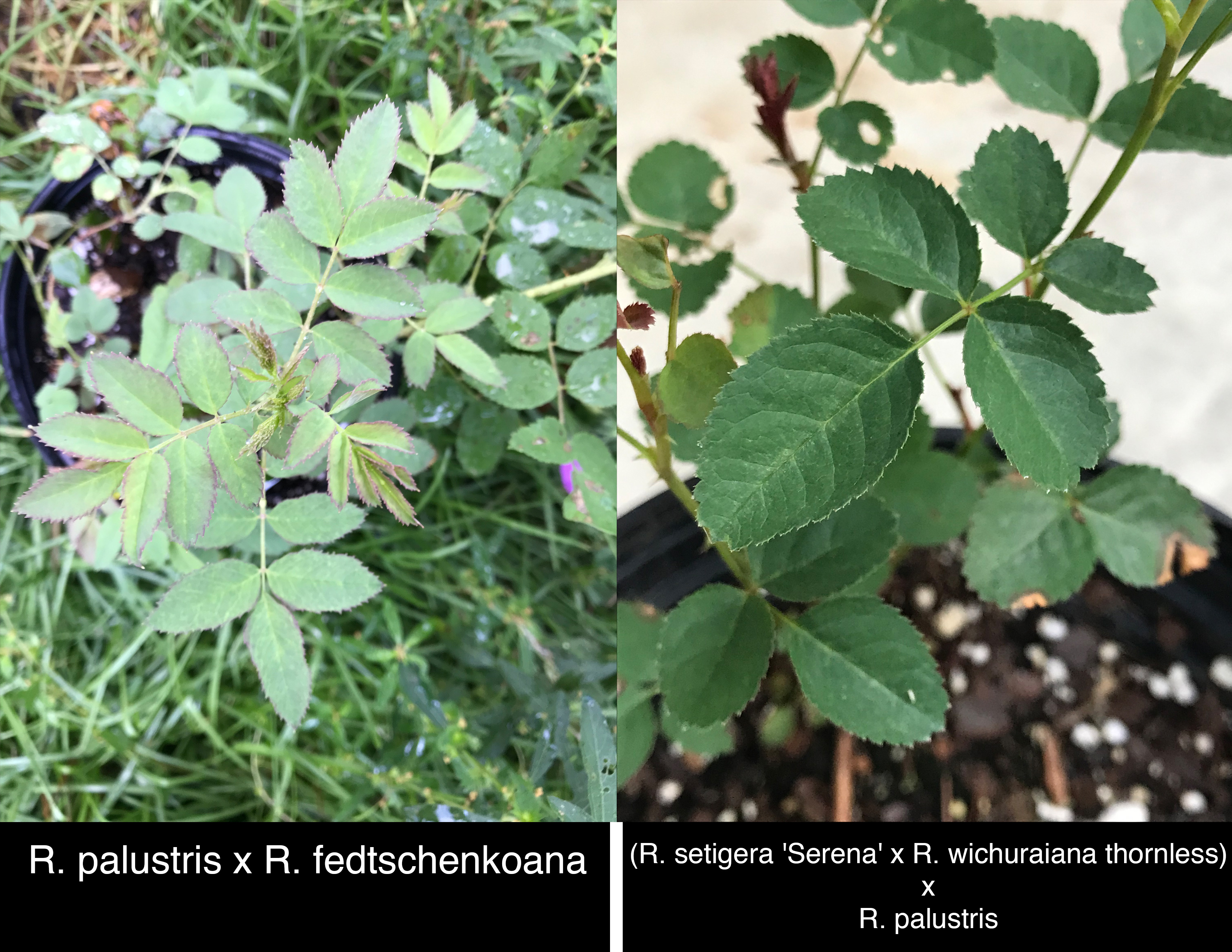I suppose this is also my “hello world” post, since it’s my first on the forum.
I’ve been obsessed with rugosas since I was a kid because my aunt used to have a “Hansa” bush (which she had gotten from her mother - so it goes way back to the 1950s). When i was little, some of my favorite memories were going to visit my aunt and having rose petals jam. When she passed away, i was fortunate enough to get a sucker from the bush, which I’ve had for 20 years now.
Unfortunately, neighbors’ trees have grown and spread, and now my beloved Hansa gets barely 6 hours of sun. I get maybe 5 or 6 flowers per year. I’ve started a few cuttings, but Hansa doesn’t do well in my limited sunlight and wet, heavy clay soil. I’ll do what i can to rescue it, but in the meantime I’m looking into crossing it with some more vigorous roses.
I’ve done my homework here and elsewhere and I’m ready to give it a try…realizing full well that the season is passing quickly. My Hansa has been a reliable repeat bloomer - even in its weakened condition, and my bank has what appears to be a species red rugosa (single flower, vigorous growth, even in partial shade). So i grabbed a flower from the unknown rose and brought it home to collect the pollen.
Today’s the day my Hansa’s last flower is ready to be prepped for pollination, so this morning i emasculated it and saved the anthers (just in case i get any other big ideas), gave it a shot of pollen, covered it with a fine mesh polyester fabric, and I’m waiting for the pistil’s sticky exudate so i can hit it again.
If nothing else, it’s a practice run for next spring. But either way, i need to get some cuttings to a better environment, and once i have some established, i csn try moving the mother plant. It hasn’t even produced suckers in 8 years.
The seed experiment is my plan “C”.
Thanks for reading. I’ll keep the thread updated on how it goes.
